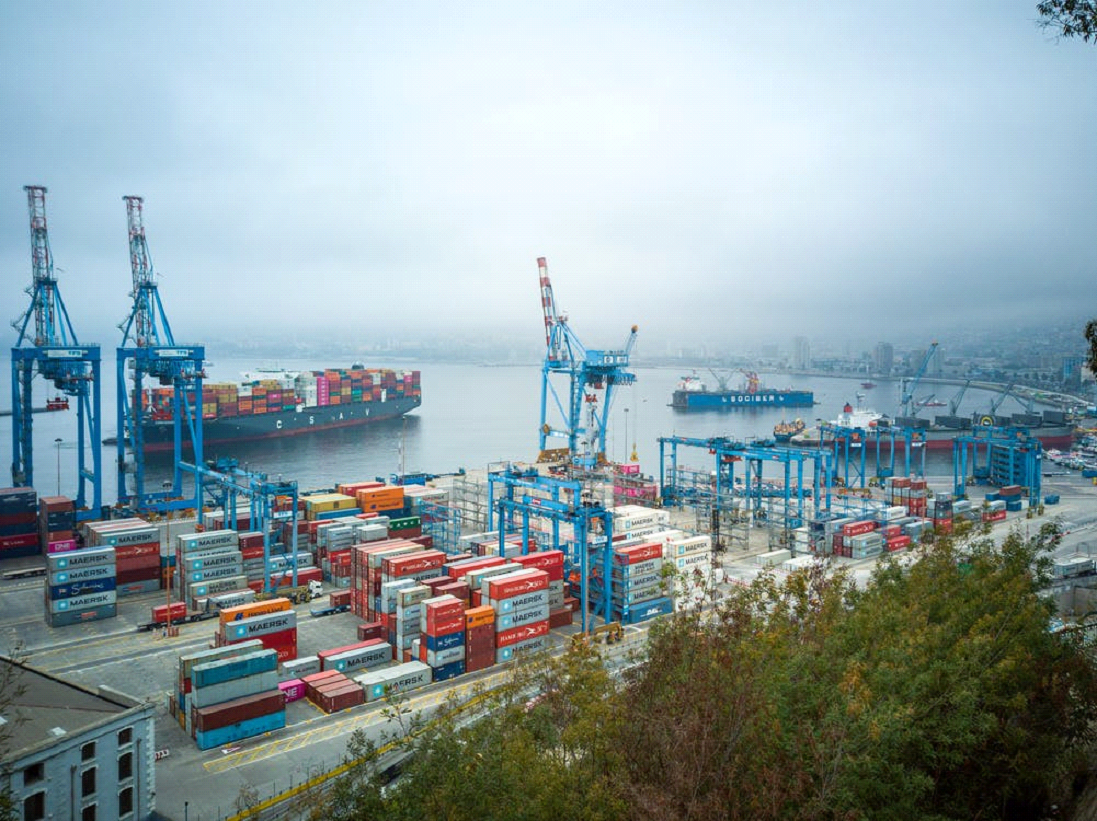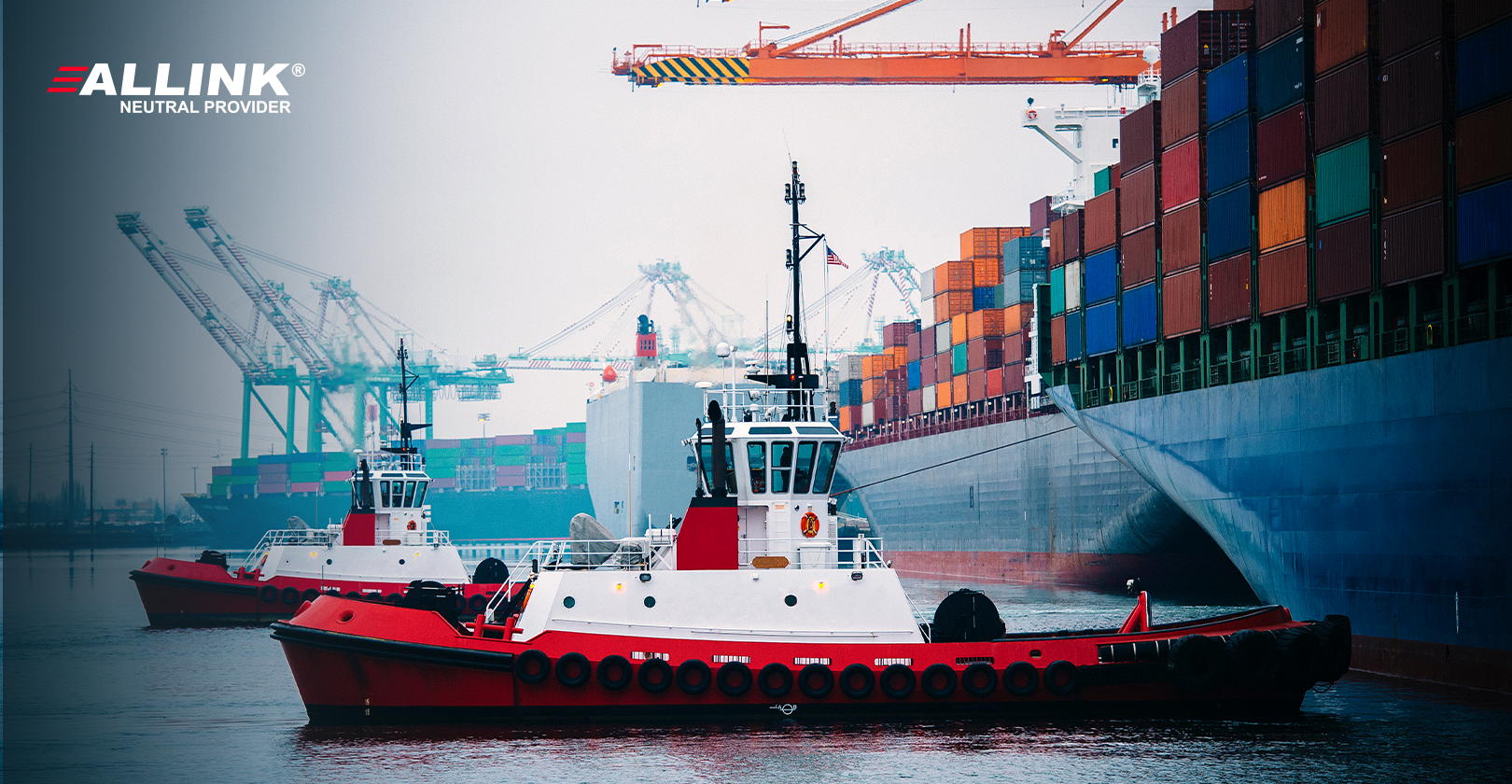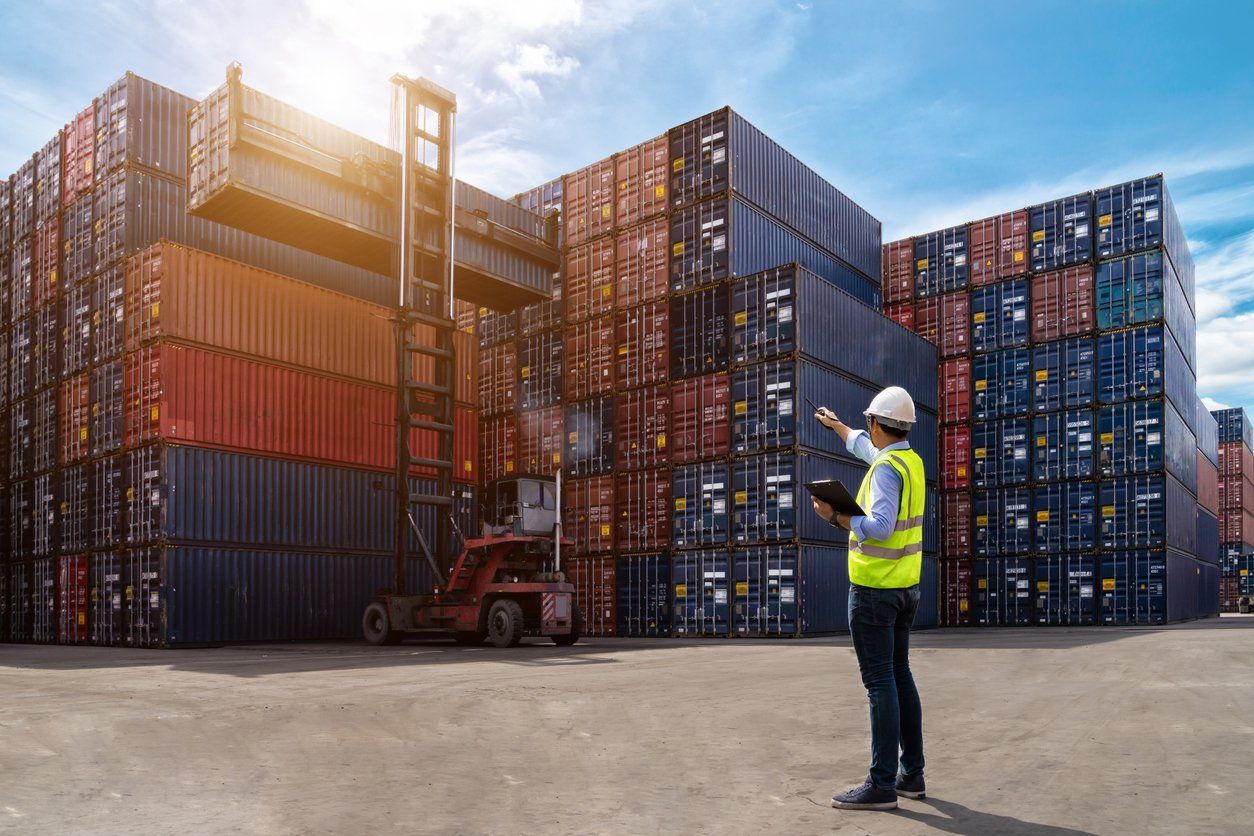
Working in Foreign Trade requires knowledge of all stages of the operation, including international transportation, for which there are various modes. Especially in the case of maritime transport, where you will need to decide between LCL or FCL shipping.
Full Container Load (FCL), as the name suggests, is the best choice when there is enough cargo to fill the entire container. LCL (Less than a Container Load) shipping is more suitable when there is not enough cargo to fill the container completely.
When contracting maritime transport, it is essential to have the necessary information to make the most appropriate decision. To facilitate your choice, you can count on Allink, which provides all the necessary support, considering the best strategy for your operation.
Below, we will explain in more detail how the LCL mode works and how NVOCC companies (responsible for this type of shipment) operate.
What is LCL Shipping?
LCL, which stands for "less than a container load," is a shipment with several consolidated loads. In other words, when an importer or exporter needs a shipment and does not have enough cargo to fill an entire container, they use this mode.
This operation can be managed by companies that provide LCL cargo consolidation services, such as the well-known NVOCCs (Non-Vessel Operating Common Carriers). These are maritime carriers, also known as virtual carriers, that, even without owning or operating ships, specialize in solving shipping issues.
How Does an NVOCC Work in LCL Shipping?
The work of an NVOCC is to gather goods from different clients, sizes, and weights, but with the same origin and destination, consolidating them in a single container.
The NVOCC receives real-time shipping information with the help of its partners spread worldwide. This provides greater security regarding the shipment, whose main focus is to provide dedicated customer service, offering and directing the best options.
In this sense, all information and details of the cargo must be correctly provided, such as size, weight, and logistics of where the cargo will depart and where it should arrive. This ensures that, regardless of the cargo volume, the shipment will occur.
1- Contracting LCL Shipping
The contracting of LCL shipping occurs after the NVOCC receives all the cargo details. With this, it will choose the best transit logistics solution based on the similarity of all and the proximity of the shipping dates. Good risk management allows the operation to occur in the best possible way.
Some necessary information includes:
- Description of the goods and volumes (box, pallet, bundle...);
- Gross weight of each volume;
- Length, width, and height of each volume (not just cubic meterage);
- Handling instructions (if it can be stacked, turned...);
- Dangerous Goods Emergency Sheet (only a few classes of Dangerous Goods are accepted in LCL shipping, consult us in advance to confirm!).
2-Cargo Consolidation at the NVOCC Warehouse
The consolidation or unitization of cargo by the NVOCC occurs after receiving the goods at the terminal specified in the contract, i.e., in the booking. The cargo can arrive in any type of packaging, such as pallets and big bags. The important thing is that it is sent as informed at the time of contracting the shipment.
After receiving the different cargoes, the container stuffing process begins, i.e., when cargoes of different sizes are placed in a single location. This task requires a specialist with adequate infrastructure, precisely the role played by the NVOCC.
3-Shipment of the Consolidated Container
Once all the unitization work is completed, the container is stored at the terminal designated by the NVOCC until the date when the actual LCL shipment will occur.
In some cases, pre-stacking service (pre-storage) may be used. This is when the container is transported to the terminal in advance and stored in a support terminal. This ensures that the cargo is at the designated origin terminal within the docking deadline stipulated by the ship that will receive it, thus avoiding any unforeseen events.
4-Maritime Freight and Issuance of the Bill of Lading
Shortly after confirming that the container has been shipped, the client will receive the Bill of Lading (BL) itself. The BL is the maritime Bill of Lading and also one of the most important documents in Foreign Trade.
It contains all the information about the cargo, the exporter, the importer, the place of departure and destination, among others.
Additionally, the BL aims to:
- Prove the contracting of international transport;
- Prove the receipt of cargo at the origin;
- Serve as a Credit Title (possession of the cargo to the bearer).
It is very important that the BL is not lost or damaged in LCL shipping. In any case, the return of the first copy or a new issuance will be necessary, and bank guarantees are generally required for this.
5-Unloading and Deconsolidation at the Warehouse
After the ship arrives at the destination, the container goes to a bonded terminal, where the cargo deconsolidation—unpacking—occurs. The unpacking can occur at the first terminal the ship docked or the NVOCC can remove the container and take it to another partner terminal (as long as it is a bonded terminal).
All documentation of the cargoes inside the container is sent digitally to the Brazilian Federal Revenue (RFB), which verifies all information. Soon after, the container is opened, and the cargoes are separated by client, so that the presence of cargo is then generated.
Allink is Your NVOCC for LCL Shipping
We have seen that LCL shipping is a great option for importing or exporting small to medium-sized loads, as this mode offers reduced shipping costs based on the space the cargo occupies in the container.
And Allink, as an NVOCC, makes this happen for you!
With partners spread across all parts of the world, we receive cargoes of different sizes and weights, consolidating and shipping your goods correctly. Additionally, we ensure secure storage, risk management, issuance of the Bill of Lading, and excellent infrastructure and efficiency in cargo unitization.
We are 100% committed to providing direct and regular LCL Consolidated Cargo services, with the shortest transit time and the best freight rates. Click here and contact us!
Continue a navegar no blog da Allink
Mantenha-se informado sobre o comércio exterior
Assine nossa newsletter e receba atualizações semanais de forma gratuita sobre o mundo da logística.





